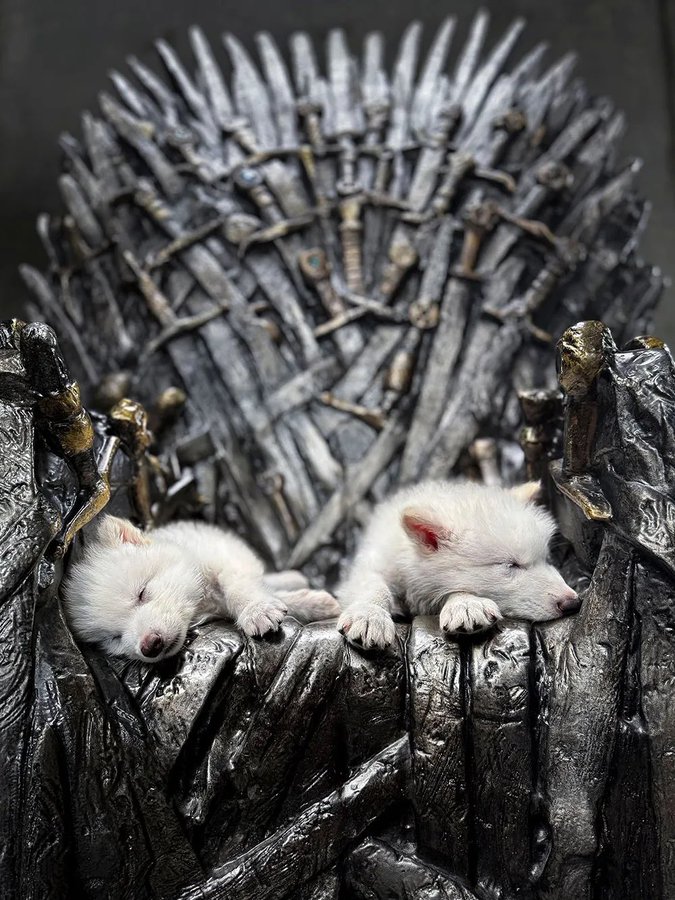The dire wolf was a powerful predator that lived during the Ice Age, but it’s been extinct for thousands of years. Now, thanks to new breakthroughs in genetic science, people are wondering — could the dire wolf be making a comeback? A biotech company called Colossal Biosciences recently made headlines by announcing the birth of three special wolf-like pups named Romulus, Remus, and Khaleesi. These pups were genetically edited to look and act a lot like dire wolves .So, does that mean the dire wolf is back? Not exactly. These animals aren’t true dire wolves — they’re mostly gray wolves with a few dire wolf traits. But still, it’s a huge step forward in the world of de-extinction science — the idea of bringing back extinct animals.Has the dire wolf come back to life? Here is what we know Here is what we know While these animals are not true dire wolves, they represent a significant step in de-extinction science .(New York Post, The Times of India, Live Science, Time)
What Is a Dire Wolf?
The dire wolf (Aenocyon dirus) was a large carnivorous mammal that roamed North America during the Pleistocene Epoch, approximately 2.6 million to 11,700 years ago. Larger and more robust than the modern gray wolf, dire wolves had massive skulls, powerful jaws, and a muscular build, making them adept hunters of large prey like bison and horses .(Encyclopedia Britannica, National Park Service)
How Are Dire Wolves Different from More Common Wolves?
Despite their similar appearances, dire wolves and gray wolves are not closely related. Genetic studies reveal that dire wolves diverged from other canines around 5.7 million years ago, evolving independently in the Americas. Has the dire wolf come back to life? Here is what we know Unlike gray wolves, dire wolves were unable to interbreed with other canid species, highlighting their distinct lineage .(Scientific American)
How Did Scientists Bring a Dire Wolf ‘Back’?
Colossal Biosciences utilized advanced gene-editing techniques to recreate certain traits of the dire wolf. By analyzing ancient DNA from dire wolf fossils, scientists identified key genetic differences and edited the genomes of gray wolf cells accordingly. Has the dire wolf come back to life? Here is what we know These modified cells were then implanted into surrogate dogs, resulting in the birth of Romulus, Remus, and Khaleesi .(Time, CNN)
What Do We Know Abouhttps://dierwolf.site/t Romulus, Remus, and Khaleesi?
Named after figures from mythology and popular culture, these three canines exhibit physical and behavioral traits reminiscent of dire wolves. They possess larger bodies, broader skulls, and unique vocalizations. Currently residing in a secure 2,000-acre preserve, they are monitored closely to study their development and interactions .(Wikipedia)
Are Dire Wolves Really Back?
While the creation of these genetically modified canines is a remarkable scientific achievement, it’s important to note that they are not true dire wolves. They are gray wolves with specific gene edits to mimic certain dire wolf characteristics. Therefore, while they resemble dire wolves, they do not represent a full resurrection of the extinct species .


Pingback: Yangtze finless porpoise - dierwolf